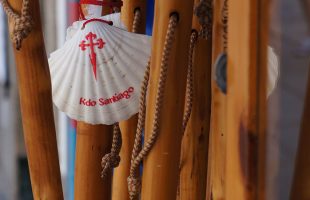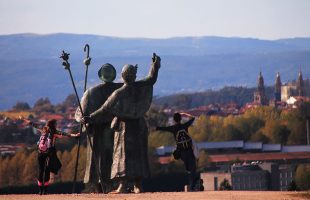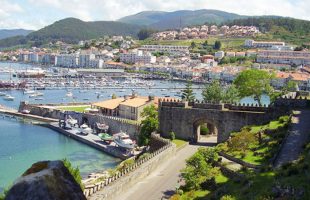Bike etiquette on the Camino
September is one of the busiest months on the Camino, with walkers and cyclists sharing the trails. Understanding good bike etiquette on the Camino is essential to ensure a safe, respectful, and enjoyable experience for everyone. As cycling continues to grow in popularity, knowing how to ride considerately helps preserve the unique spirit of the […]
Bike etiquette on the Camino Read More »
September is one of the busiest months on the Camino, with walkers and cyclists sharing the trails. Understanding good bike etiquette on the Camino is essential to ensure a safe, respectful, and enjoyable experience for everyone. As cycling continues to grow in popularity, knowing how to ride considerately helps preserve the unique spirit of the



















